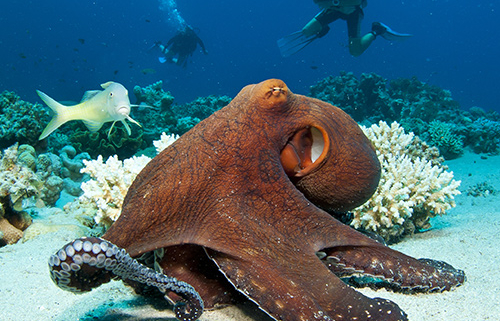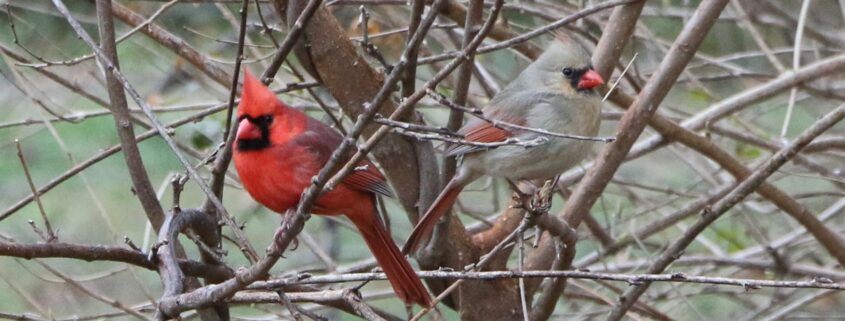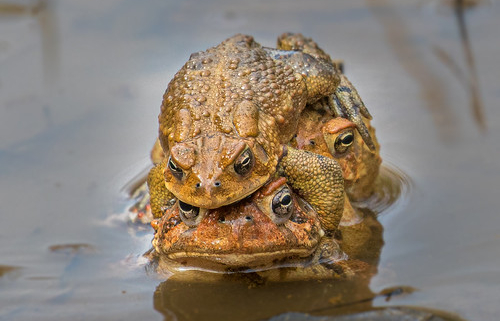Understanding Cephalopod Behavior, Webinar, August 26th
Photo: Smithsonian Associates
Monday, August 26, 2024
6:45 – 8:15 pm
Smithsonian Associates Webinar
$20 members/$25 nonmembers
Register here.
Some stories that people tell about octopuses almost defy belief. These animals are said to steal from fishermen, escape from aquariums, invent tools, play with toys, make friends, and hold grudges. How many of these tales are true and how many are a result of human imagination or anthropomorphism?
Scientists have indeed documented extraordinary cognitive capacity and behavioral flexibility not only in octopuses but also in their close relatives, squids and cuttlefish. Members of this group of animals, called cephalopods, have large brains and the ability to adapt to myriad situations with creative problem-solving. They can learn quickly, remember what they’ve learned, and communicate with members of their own and other species. Biologist Danna Staaf, who has written several books about cephalopods, sorts fact from fancy and dissects the question of how intelligent they are to see what we can learn from them about our definition of intelligence.




